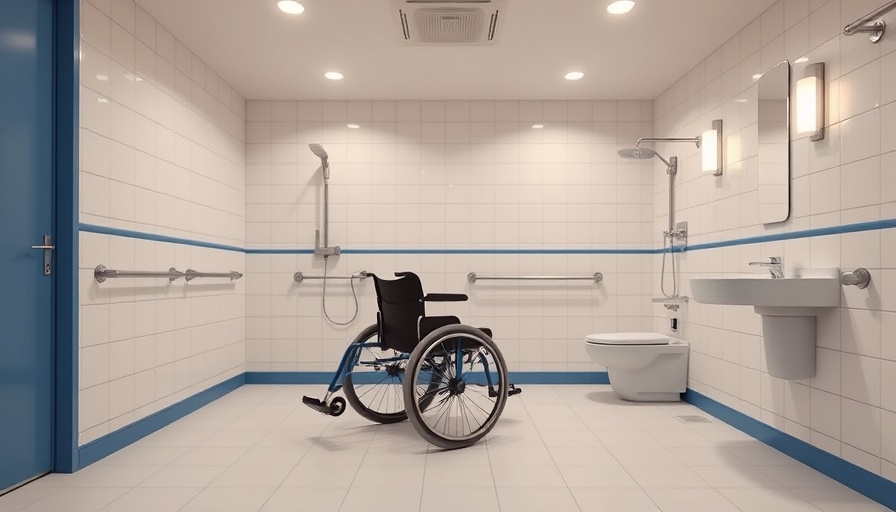
New Jersey’s Commitment to Accessibility for All
As society evolves, so must the infrastructure designed to support all its members. New Jersey stands at the forefront of this evolution, particularly through its comprehensive wheelchair-accessible bathroom standards. These regulations reflect a broader commitment to accessibility, aimed not only at compliance with federal laws but also at creating inclusive environments where every individual feels welcome.
Understanding the Importance of Accessibility Standards
For those living in urban, suburban, and rural communities, the significance of wheelchair-accessible bathrooms cannot be overstated. Accessibility serves as a bridge, ensuring individuals with varying abilities have equitable access to essential services. Typically modeled after the Americans with Disabilities Act (ADA), New Jersey’s standards are designed with meticulous attention to detail, aimed at minimizing barriers for people with disabilities.
Moreover, understanding these regulations is essential for builders, architects, and facility managers. These professionals have a critical role to play in planning and executing projects that meet or exceed these standards. The need for a thoughtful approach extends not just to compliance but to the lived experiences of individuals who require these amenities.
Key Design Principles for Accessible Bathrooms
Effective design principles for wheelchair-accessible bathrooms pivot around one core idea: user-centric functionality. Key features, such as spacious layouts, adjustable fixtures, and strategic placements of essential components like sinks and toilets, directly influence user experience.
For instance, the doorway width plays a crucial role. Making sure that bathroom doors are at least 32 inches wide ensures ease of entry for wheelchairs. In addition, the configuration should allow for a generous turning radius of at least 60 inches. Such details are vital for facilitating comfortable movement and maximizing usability.
Essential Features That Enhance Accessibility
Such bathrooms must also include a range of essential features designed to accommodate diverse needs. These include:
- Grab Bars: Strategically placed in the shower, around toilets, and by sinks for stability.
- Adjustable Sinks: Set at heights between 29 and 34 inches with knee clearance for comfortable access.
- Non-Slip Flooring: Keeping safety a priority, non-slip surfaces prevent accidents and promote confidence among users.
Future Directions and Community Engagement
Looking ahead, the commitment to accessibility is not only about meeting current standards but also about anticipating future needs. Community engagement plays a vital role in the continuous evolution of these guidelines. Feedback from individuals with disabilities and their caregivers is invaluable for ensuring that the evolving standards reflect real-world experiences.
By involving people with disabilities in discussions about design and implementation, New Jersey can adapt its regulations more effectively to ensure that everyone has access to public facilities.
Conclusion: Advocating for Change
New Jersey’s approach to wheelchair-accessible bathrooms exemplifies a community's dedication to inclusivity and accessibility. As we advocate for continued advancements and refinements in these standards, it’s imperative for individuals and communities to engage actively in the conversation. Your voice matters in shaping the future of accessible design, so stay informed and advocate for change in your area. Everyone deserves the right to access public services comfortably and safely.
As a state committed to leading by example, New Jersey offers a template for accessibility that other regions might wish to emulate. The ongoing conversation is essential—not just for compliance but for creating a society that values every individual.
 Add Row
Add Row  Add
Add 




 Add Row
Add Row  Add
Add 

Write A Comment